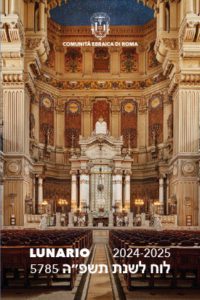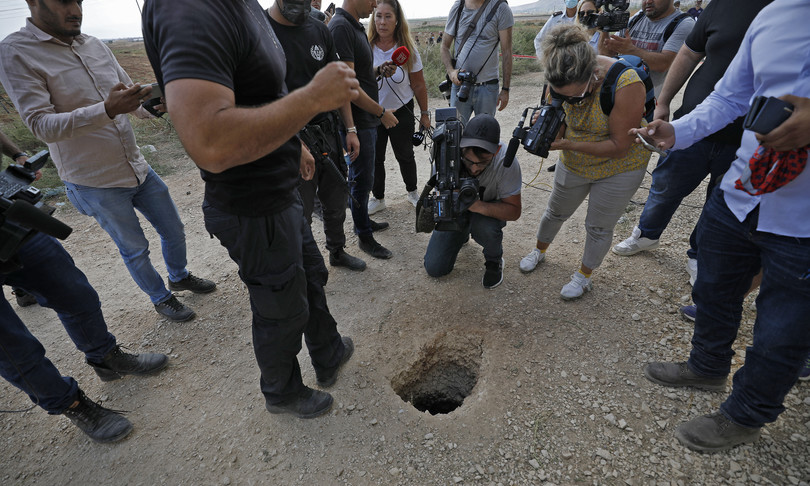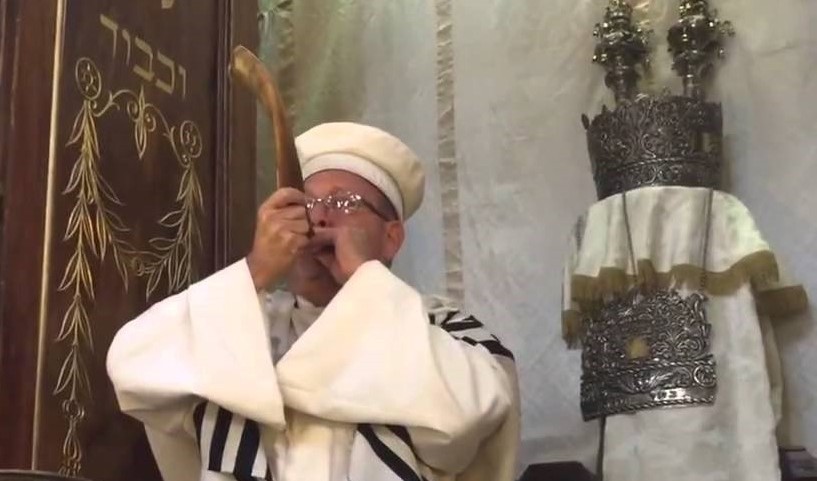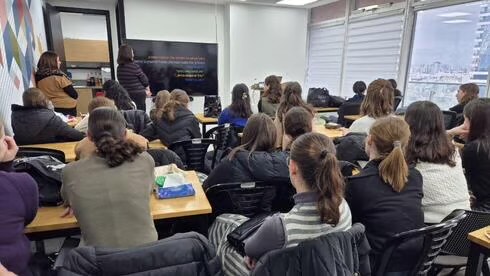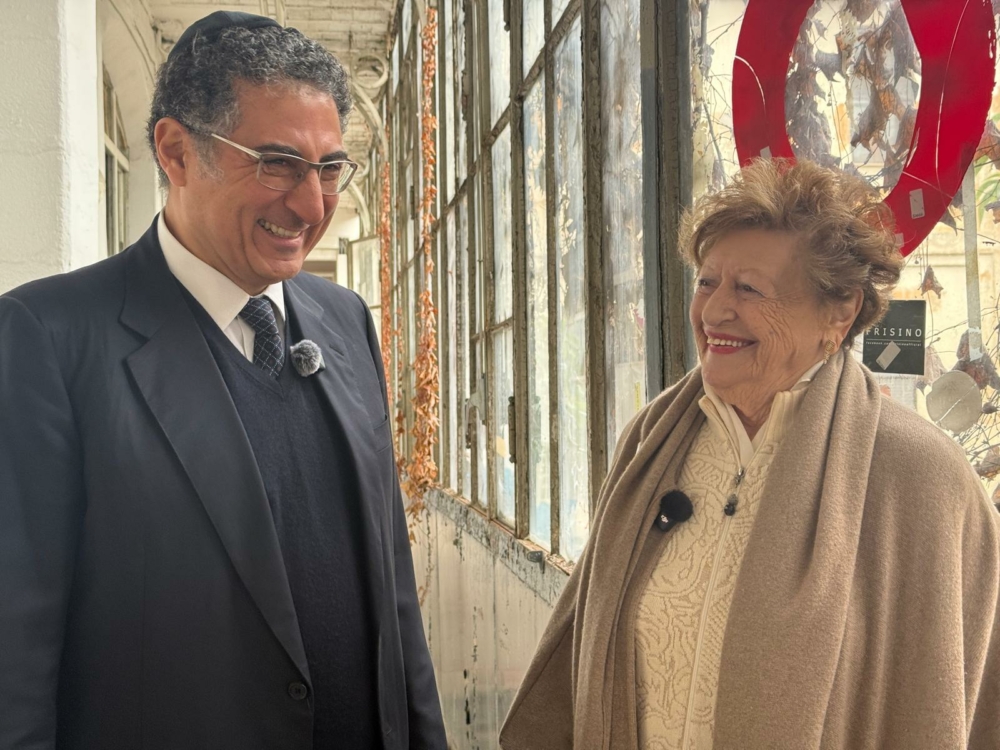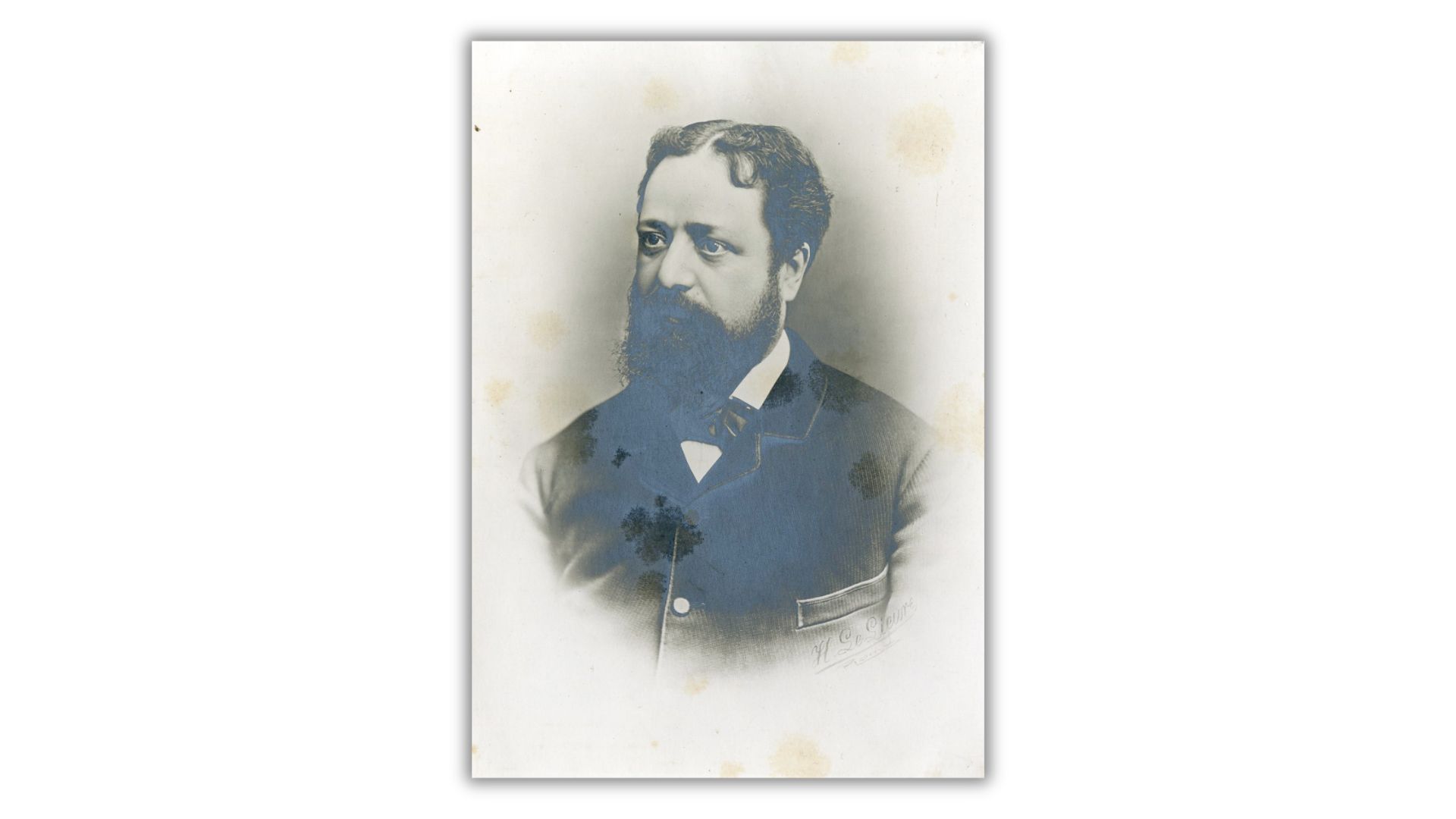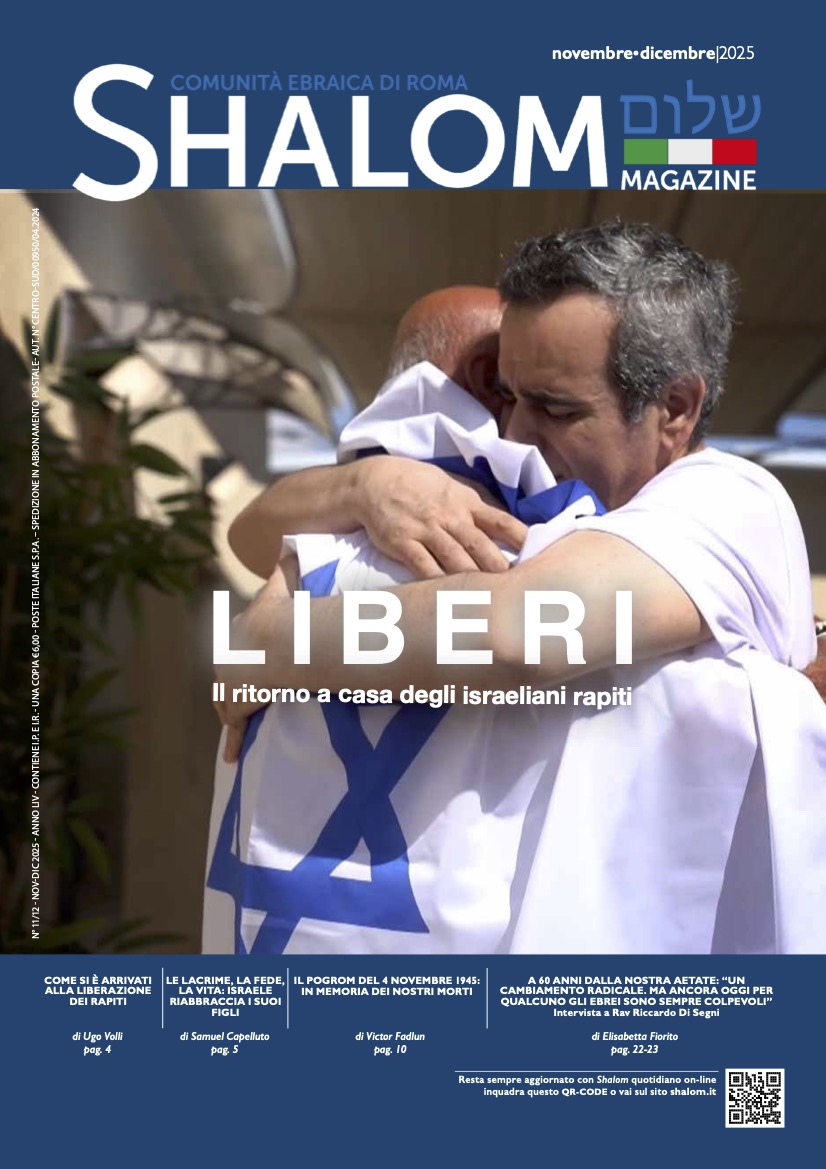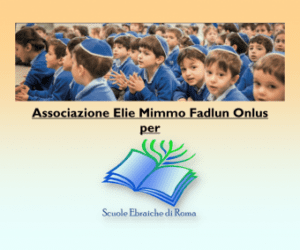
The Jewish textile heritage of Rome is one of the most precious, glorious and best preserved to see and study, and the Jewish Museum of Rome, which houses this precious collection, is one of the richest and best-equipped Jewish museums of Europe.
For those who love and study textile art (a very large branch of the applied arts which includes, not just woven fabrics, but also embroidery, lace, dress and furnishings) the first impression, entering the museum, is of reverent wonder: as if standing in the very rooms of the biblical Sancta Sanctorum (the Holy of Holies). Everything is protected from dust and temperature fluctuations by glass windows, carefully arranged and illuminated according to the latest international standards for the safeguarding and conservation of artefacts. The textiles are also periodically changed with others laid out in drawers underneath the display cases.
The juxtaposition of artefacts of worship, tradition, and daily life offers a suggestive visual cultural teaching. Gold and silver ritual ornaments, lamps and chandeliers, furnishings, and decorations show how a feast or festivity should be celebrated in the synagogue, with the Community, and how to prepare for it and live it at home with the family.
The task of studying and analysing more than two hundred mappot, entrusted to me by Daniela Di Castro (then the director of the Museum) and confirmed by Alessandra Di Castro and Olga Melasecchi, has allowed us to identify the decorative types and techniques which circulated, especially in Rome, but also in other parts of Italy and in Europe over the centuries. Relative to embroidery, it has allowed us to identify a style and a “stitch” that is typically “Roman Jewish” through the aesthetic understanding of the donors whom certainly chose their best to remember a deceased relative, or to demonstrate their committed membership to a particular “Scola” or synagogue.
In Venice, the mappot (literally cloth), also called tevah cover or bimah cover, are placed on the pulpit or the podium of the synagogue and have different shapes and dimensions depending on that of the tevah (usually almost square). In Rome, they have a long and narrow rectangular shape, are arranged around the sticks on which the scrolls of the Sefer Torah are rolled up, and then, during the ceremony, “unrolled” so that the central section remains in sight. They are generally embroidered with the donor’s family crest and a dedication or memory of a deceased relative.
Regarding the mappot, Daniela Di Castro wrote that the oldest preserved in the Museum, dating from the second half of the 16th century to the beginning of the 1600s, are made of linen, embroidered and connected and bordered with lace. Over the course of the 17th century, they become larger and the fabric with which they are made became “heavy and lined”. “On the rectangle in the centre of the fabric stands the donor’s family crest, embroidered with polychrome thread and precious metals, in deep relief; it is surrounded by a dedication” and two sections of lighter fabric are sowed on the sides.
Attilio Milano recalls that this “curious custom” was “probably brought to Italy by the Spanish Jews” and that starting from the beginning of the 1600s “all Italian Jewish families, both rich and poor, began to display their crests […] a lion, a rooster, a palm, a column, the blessing hands of the priests (Cohen), pouring the water of the Levites (Levi), a tower, a piazza, or a crow […]. For this reason, every object donated to the synagogue displays, the embroidered or embossed coat of arms of the donor family. […] In order to better understand the assortment (quantity) that existed in the closets of every Scola, suffice it to consider that in 1769 the Scola Catalana held 35 sets of coverings, 33 ark curtains etc.”. An entire cloth sefer covering consisted of three pieces: the binder which wraps around the Book of the Law (Sefer Torah), the Torah cover (mappah) which is placed over the portion of the Sefer Torah which is read each week, and the mantle (me‘il) which covers the Sefer Torah: all three pieces were made of the same fabric. One could also add an even richer piece: the ark curtains (parokhet) that were hung in front of the ark”. Each piece could be donated individually, depending on the financial resources of the family. Often the mappah is made up of fabrics (always of great value) from different time periods, at times not contemporary with the time of the donation. Therefore, the embroidered script, used to recall a specific moment, becomes historical documentation essential for the dating of the section of cloth where the embroidery is found, not the entire piece.
(Abstract and reworked from the essay by Doretta Davanzo Poli, The fabrics of the mappot of the Jewish Museum of Rome: styles and techniques, in D. Davanzo Poli- O. Melasecchi – A. Spagnoletto, Antique roman mappòt. The precious textile archive of the Jewish Museum of Rome, Campisano Editore 2017)
Ph. Mappà Genazzani, 1741-1742, Jewish Museum of Rome (inv. 569 B)
Doretta Davanzo Poli was an art historian. She has been Professor of Textile Arts at the University of Udine and was a visiting professor at the Università Ca’Foscari in Venice. She has organized 70 exhibitions on fabrics, costumes, and embroideries in Venice, Rome, Berlin, New York, London, and Beijing.


